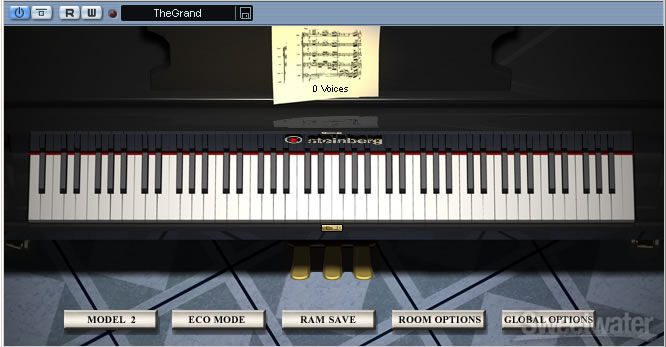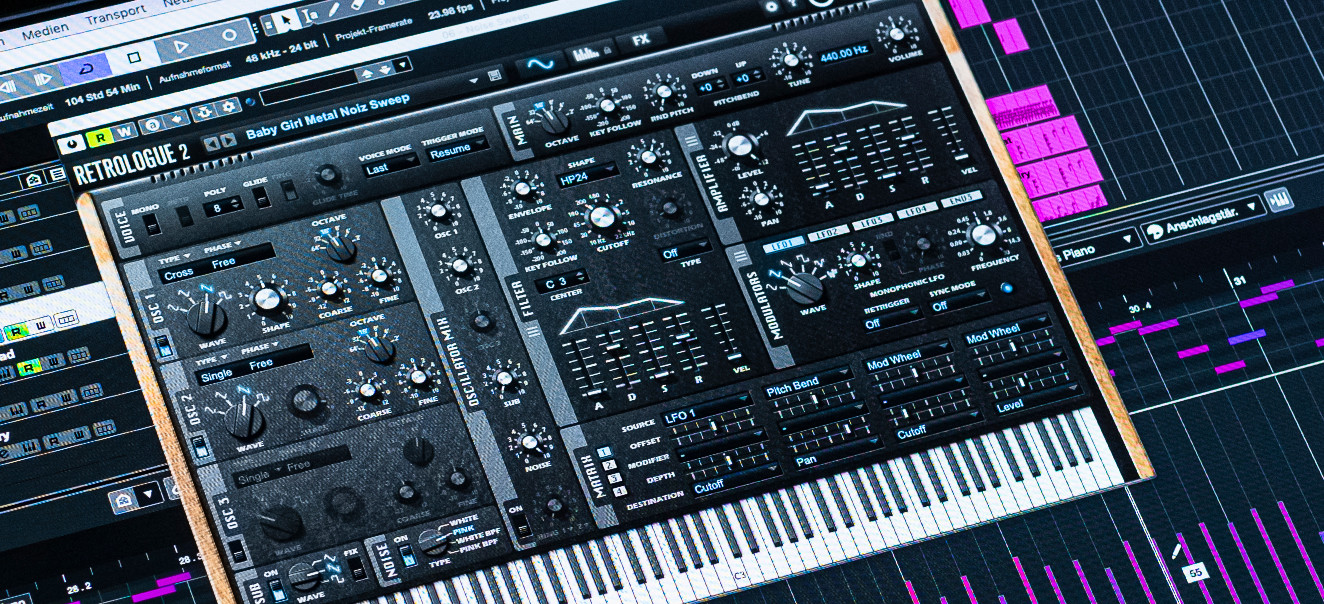

Incorporated into The Grand 2 is the RAMSave™ technology first seen in Steinberg’s HALion 3 virtual sampler VSTi, which allows for highly efficient use of the host computer’s RAM by allowing the “freezing” of the instrument and automatically unloading unneeded samples from memory. The unique new four-channel surround implementation allows The Grand 2 to be placed anywhere inside a virtual room, with the position adjustable from directly within the VSTi’s user interface.įurther new features enhance the resource efficiency of The Grand 2. Added key click and pedal sounds as well as hammer samples further increase the level of realism offered. Users can easily switch between the two models with only a single mouse click. The Grand 2 features an entire, new grand piano model, sampled from a real concert grand made by one of the world’s leading manufacturers. “And that was tough.”īuilding on the The Grand VSTi, the new version offers numerous new features and capabilities. “Not only have we paid meticulous attention to achieving an extraordinarily high quality in the audio material used, but we’ve also aimed at further enhancing both playability and realism to an even higher level than the first version of The Grand,” continues Vogt.

“This update firmly establishes The Grand as one of the leading virtual piano instruments worldwide,” comments Helge Vogt, Steinberg’s Product Manager for Virtual Instruments. The Grand 2 features an entirely new added grand piano, surround capabilities as well as a range of features designed to maximise computer resource efficiency.

If your car doesn't have an overflow tank, you can pour water into the radiator itself.Steinberg has announced the update to its The Grand virtual concert grand piano product. If you're pulled over on the side of the road with a water bottle in your hand, it's likely that the fluid is near minimum. There are markings for minimum (MIN) and maximum (MAX) on this tank.

This is where you want to pour the water. There's also an overflow tank, which is a plastic jug inside the engine bay. Use a towel, rag, old T-shirt - whatever you have in the car - to twist off the cap for extra safety. If the engine is cool, you can take the cap off. You do not want to be splashed by scalding fluid. This system is pressurized, and the fluid inside is probably still hot. This is a good time to remind you that the engine really has to be cooled down before you take off the radiator cap. Newer cars helpfully label the radiator cap, and it's usually more oval than other circular caps in the engine bay. They're located at the front of the engine, just behind the grill. It definitely should not be steaming when you touch it. This can take a few minutes on a cold day or about a half-hour on a hot day. Turn off your car and let the engine cool down.


 0 kommentar(er)
0 kommentar(er)
